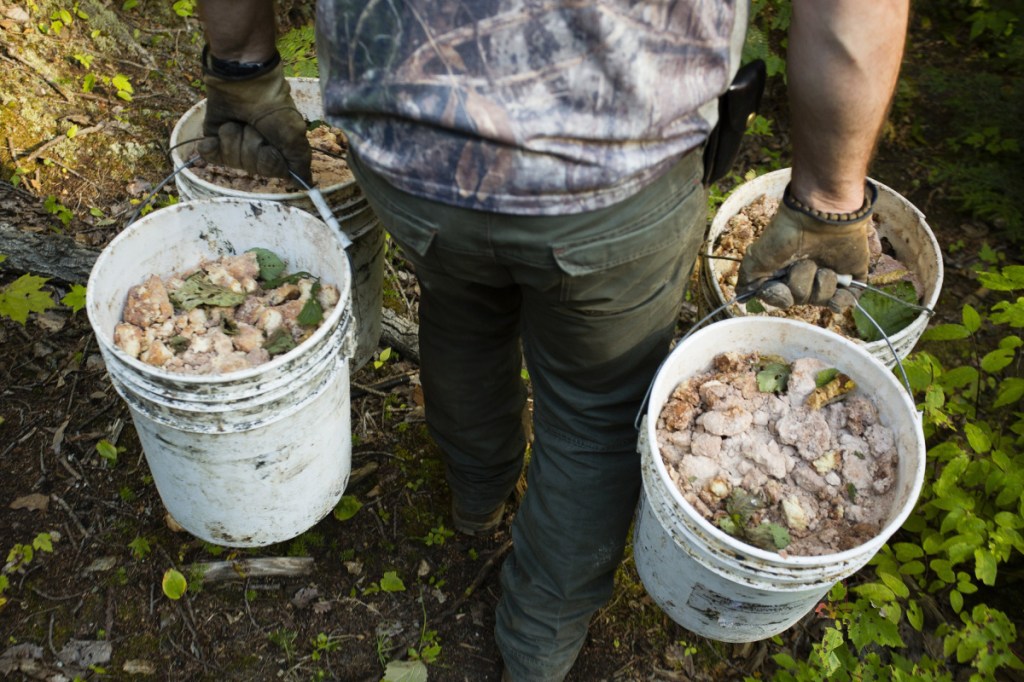Maine’s 15-year management plan for the four big-game species – black bear, deer, moose and wild turkeys – was released at the beginning of May by the Department of Inland Fisheries and Wildlife. It was two years in the making; the public has until Friday, June 15, to weigh in on it.
The first of the four species to be addressed in the plan is the black bear. On Page 28, under the heading “Bait myths have been debunked,” the plan states that data collected by IFW’s long-term bear monitoring program show that “the presence of bait does not significantly impact the health or reproduction of bears at a population level or lead to increased human-bear conflicts.”
How about the study titled “Synchronous Reproduction by Maine Black Bears” (available at bit.ly/2JPHEkt)? Conducted by IFW biologists, who studied reproduction by black bears in three dissimilar Maine areas from 1982 to 1991, it chronicled an unmistakable link between years of plentiful beechnut production (even-numbered years) and increased female bear fertility.
A second study, “Alternate Year Beechnut Production and its Influence on Bear and Marten Populations” (available at bit.ly/2LFtaAU), was conducted by IFW biologists from 1982 to 2004. It concluded that “Black bear reproduction is influenced in a density-independent manner by the abundance, diversity and quality of food sources.”
Are we to believe that a fatty crop like beechnuts can increase female bear reproduction, but a high-fat food like doughnuts cannot?
The black bear population continues to increase in Maine. The Department of Inland Fisheries and Wildlife is contemplating a spring bear hunt to reduce their numbers. How about ending the bear-feeding program in this state?
Val Philbrick
Scarborough
Send questions/comments to the editors.


